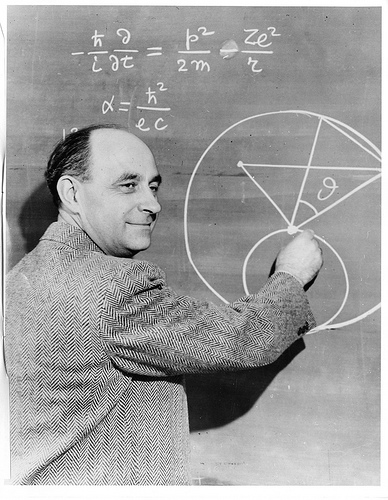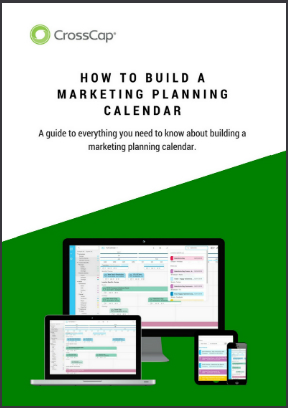The good news is that every retailer we work with agrees that lift is an important metric for determining retail promotional success. The bad news is that there’s more than one way for retailers to calculate lift.
That being said, the concept of lift can mean a lift in sales, margin or unit volumes, but for simplicity’s sake, we’ll focus on sales lift in this blog post. (Calculate sales lift automatically, visit our retail marketing metrics page. Also, Check out our Guide to Analyzing the Overall Lift of a Retail Promotion)
Let’s dive a little deeper into the definition of sales lift; retailers are specifically looking at the difference in promotional and baseline sales. Promotional sales are relatively easy to identify as it’s simply the promoted item sales during the promotional period. However, the calculation of a baseline is when things start to get interesting for retailers.
Here are 3 strategies that will help you determine a baseline for retail promotions:
1. Sales Prior to Promotion:
Pro: This is the simplest method where the promotional lift is measured based on sales right before the promotion for the same duration as the promotional period.
Con: Although this is easy, quick and does not require advanced calculations or computations, it fails to account for seasonality and trends. So a category or item could have possibly started lifting due to seasonality when you measure it, and therefore would not give you a true perception of what the baseline would have been.
2. 52-week sales average eliminating historical promotional periods:
Pro: This is conceptually a nice way of thinking about calculating a baseline for an item over a longer period of time eliminating any promotional periods and deriving an average figure.
Con: However, it is very difficult to first trace 52 weeks of item sales, then determine when the items were promoted and eliminate any historical promotional sales. As you can imagine the average retailer promotes roughly 2,000 items a week, this can be a pretty intensive calculation. Not to mention, new items would require a Like Item (i.e. similar) to compare against, this results in significant overhead for merchandising, marketing and IT. This method is also not useful for seasonal items or product lines.
3. LY (Last Year) seasonal average eliminating historical promotional periods:
Pro: This strategy requires less data and measures baseline sales for an item just during a seasonal period. It addresses the seasonal effect but still faces the issue with Like Items.
Con: Although it would give you a more accurate perspective of what should be the baseline for the promotional period, it requires a deep understanding of category seasonality. This would require a retailer to identify the appropriate seasons for all their merchandise categories. Retailers should also account for regionality as it can vary dramatically from North to South for climate-driven merchandise.
So what’s the best approach?
The answer really depends on how many resources you have calculating baseline after every promotion, and sales lift. The best methodology would be to use your ‘Last Year’ seasonal average and even though it won’t account for product trends, it’ll give an accurate measure for the majority of items.
The key here for retailers is to make sure you are measuring sales lift. Without a measure of baseline or lift, how could a retailer consistently measure their promotional success and achieve the necessary comp sales and growth targets?
What other strategies do you use to measure lift in your retail organization?
Check out our Guide to Analyzing the Overall Lift of a Retail Promotion
Learn how to build and plan your Marketing Calendar – download a FREE ebook here!





